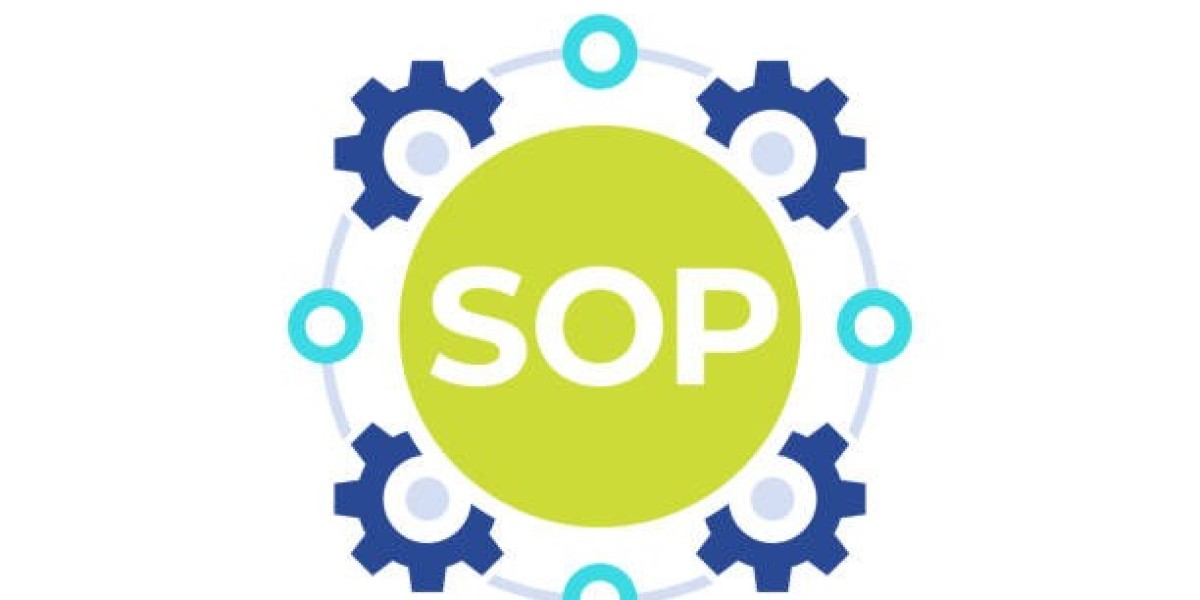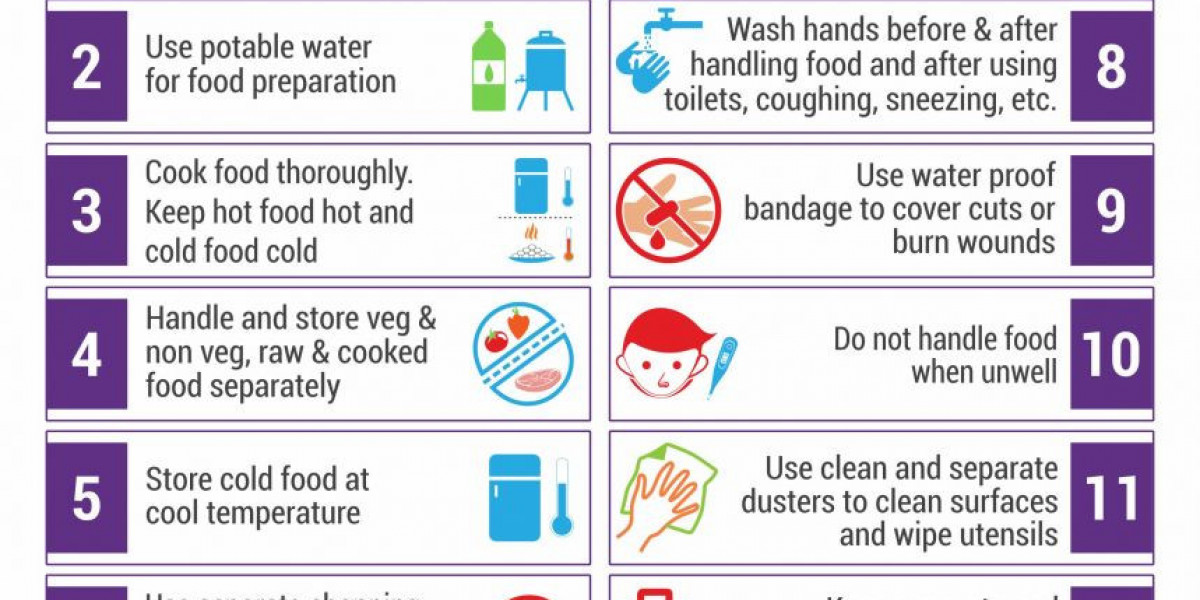In an increasingly interconnected world, businesses are expanding across borders and embracing a more globalized approach. As organizations scale, the need for standardized operational procedures becomes essential to maintaining consistency and efficiency across different regions. However, what works in one market may not necessarily translate well in another. This is where SOP development services come into play, providing organizations with the tools and expertise to adapt their Standard Operating Procedures (SOPs) for local markets.
SOP localization is the process of adapting global procedures to suit the specific requirements, cultural norms, legal regulations, and operational dynamics of regional markets. This practice ensures that while the company maintains its overall organizational standards, it can also operate effectively in diverse environments. In this article, we will explore the importance of SOP localization, the key considerations, and the role of SOP development services in ensuring smooth regional implementation.
The Importance of SOP Localization
SOPs are a crucial component of any business, ensuring that processes are standardized and tasks are carried out efficiently and consistently. However, when a company operates in multiple regions or countries, the SOPs initially designed for a global or national audience may need to be adapted to local contexts. Failure to localize SOPs can result in miscommunication, inefficiencies, compliance issues, and a lack of alignment with local regulations.
Localization goes beyond mere translation; it involves an understanding of the local culture, language, laws, and operational practices. When businesses localize their SOPs, they ensure that their teams on the ground are equipped with the right guidelines that reflect the specific needs and constraints of their region. This process improves productivity, mitigates risks, and enhances the customer experience by aligning company operations with local expectations.
Key Considerations in SOP Localization
Cultural Differences
One of the most important factors to consider during SOP localization is cultural differences. Cultural norms influence how people work, communicate, and make decisions. For example, the way meetings are conducted, decisions are made, and authority is respected can vary significantly from one region to another. An SOP that assumes a top-down management structure may need to be adjusted for regions where a more collaborative approach is favored.
Additionally, localized SOPs must take into account language differences, tone, and communication styles. For instance, in some cultures, a more formal tone may be required in official documentation, while in others, a more casual or conversational tone may be more appropriate.
Legal and Regulatory Compliance
Each region has its own set of laws and regulations governing business operations, including labor laws, environmental regulations, health and safety standards, and data protection requirements. SOPs that are created without considering these local legal frameworks can expose the organization to legal liabilities or compliance violations.
For example, an SOP that is written according to global or corporate standards might not adhere to the specific safety protocols required by a particular country’s government. Localization ensures that SOPs comply with regional laws and industry regulations, reducing the risk of penalties and ensuring that the organization meets local compliance standards.
Operational Practices and Market Conditions
The business environment and market conditions vary widely between regions. An SOP developed for a high-tech, fast-paced market may not be suitable for a region that operates at a slower pace or has limited access to technology. Similarly, supply chain dynamics, customer preferences, and even the workforce's skillset can differ greatly between regions.
Localizing SOPs helps account for these differences. For example, procedures related to customer service, sales tactics, or product delivery might need to be customized based on the preferences and behaviors of local customers. Similarly, the availability of resources like technology, infrastructure, and skilled labor can affect how certain processes are executed.
Language and Terminology
While language translation is a part of the SOP localization process, the choice of terminology is equally important. Translating content word-for-word may lead to confusion or misinterpretation, especially if the technical or industry-specific jargon doesn’t translate well. In some cases, a term may not even exist in the local language, requiring the development of new terminology that aligns with the local understanding of the procedure.
Moreover, local slang, idioms, and regional variations in language need to be considered to avoid misunderstandings. This is particularly important in multinational companies, where miscommunication could lead to significant operational inefficiencies or even legal issues.
Technology and Infrastructure Compatibility
Another aspect to consider is the compatibility of SOPs with the technology and infrastructure available in a particular region. For example, if a company is rolling out a global customer service SOP, but a regional office has limited access to high-speed internet or advanced customer management tools, the SOP may need to be modified to suit the available technology.
In some regions, businesses may still rely heavily on manual processes due to infrastructure constraints, which would require SOPs to be adjusted accordingly. Localization ensures that the operational processes described in the SOP are feasible and practical in the context of regional capabilities.
The Role of SOP Development Services
Adapting a global SOP to a local context is no simple task. It requires a deep understanding of both the organization’s global standards and the specific regional nuances that must be addressed. This is where SOP development services come into play. These specialized services help companies create, refine, and localize SOPs to ensure they are effective across different regions.
Expert Knowledge and Experience
SOP development services bring expert knowledge and experience to the table. They have a deep understanding of industry best practices, legal requirements, and cultural considerations, which makes them well-equipped to create SOPs that are tailored to specific regions. By leveraging this expertise, businesses can avoid costly mistakes and ensure their processes are optimized for local conditions.
Collaborative Approach
An effective SOP development service will take a collaborative approach, working closely with regional teams to understand local conditions and requirements. They often conduct in-depth consultations with local managers, employees, and stakeholders to ensure that the procedures align with the real-world operating environment. This collaboration ensures that the final SOPs are practical, actionable, and culturally appropriate.
Efficient Localization Process
SOP development services are also adept at managing the localization process efficiently. They can help businesses navigate the complexities of translating and adapting SOPs for different languages, cultural contexts, and regulatory environments. By leveraging technology and project management expertise, they ensure that SOP localization is done in a timely and cost-effective manner.
Consistency Across Regions
One of the primary challenges when localizing SOPs is maintaining consistency across regions. While localization involves adapting procedures to local needs, the core principles and objectives of the SOP should remain the same. SOP development services ensure that these core standards are preserved while allowing for the flexibility necessary to meet regional demands.
Conclusion
SOP localization is a critical process for businesses looking to expand their operations globally while maintaining consistency and efficiency. By adapting global procedures to meet the unique demands of local markets, companies can improve productivity, reduce risks, and enhance compliance with regional regulations. The role of SOP development services is crucial in ensuring that the localization process is smooth, efficient, and effective. These services provide the expertise and resources necessary to create SOPs that are not only aligned with global standards but also tailored to the specific needs of regional markets. Ultimately, SOP localization empowers organizations to operate seamlessly across borders, ensuring that they remain competitive and compliant in a rapidly changing business environment.
References:
https://newsworldstream.com/the-sop-development-roadmap-planning-your-documentation-strategy








